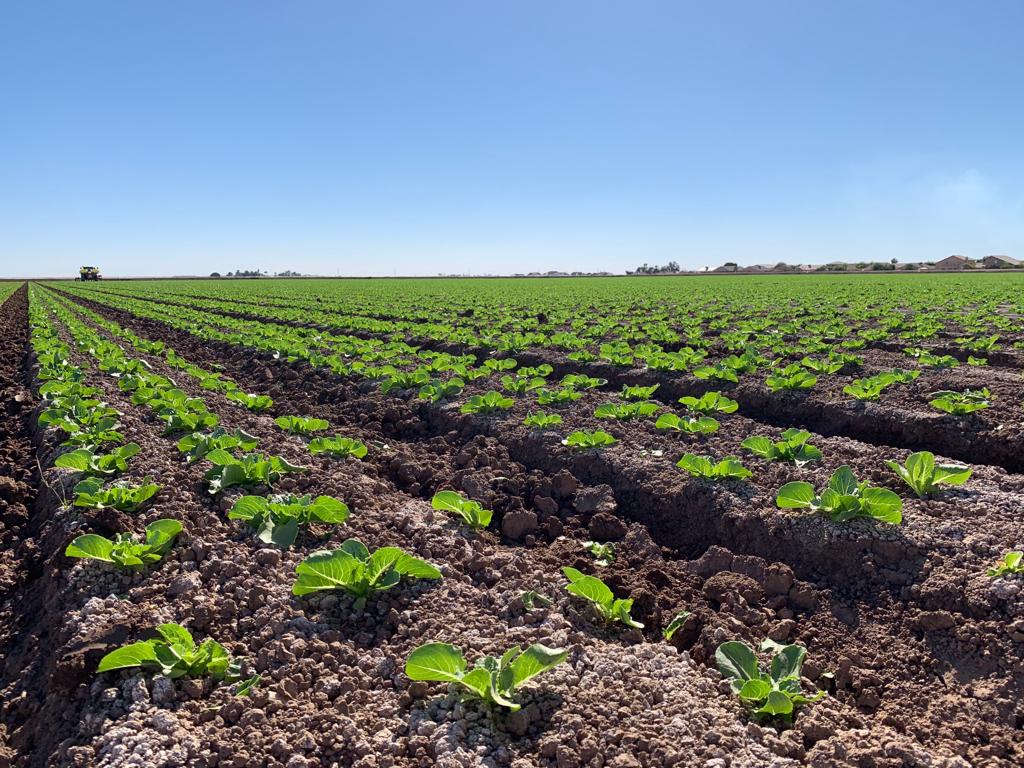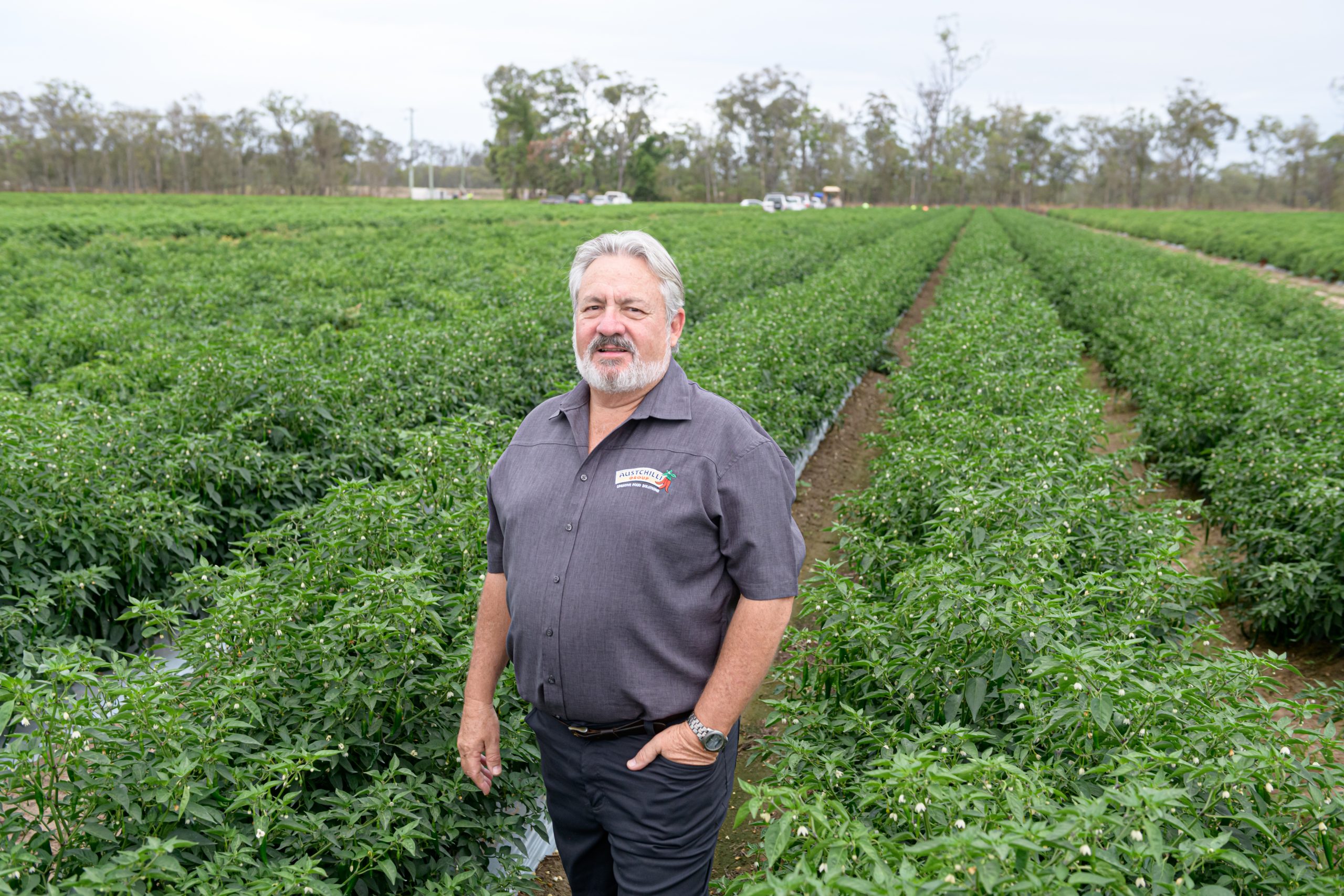
Area Wide Management of pests: guidelines and resources
3 March 2020
US state of mind: Aussie growers gain American insight
3 March 2020Austchilli is a family-owned business founded by David De Paoli in Bundaberg, Queensland, over 20 years ago.
Austchilli is a privately-owned, vertically-integrated business that provides sustainable fresh and value-added products for local and international markets using state-of-the-art business management systems.
The business is the largest chilli company in Australia and started its export journey over 20 years’ ago with a single product in a single market.
Now, the business exports fresh chillies and value-added products, including its AvoFresh cold-pressed avocado range, to 12 countries across three continents.
According to Austchilli owner David De Paoli, the business had a strong export and value-added focus from the outset as part of its strategic plan and as a way to mitigate risk to grow the business.
Click here to read the article, that first appeared in the Spring 2019 edition of Vegetables Australia magazine.

